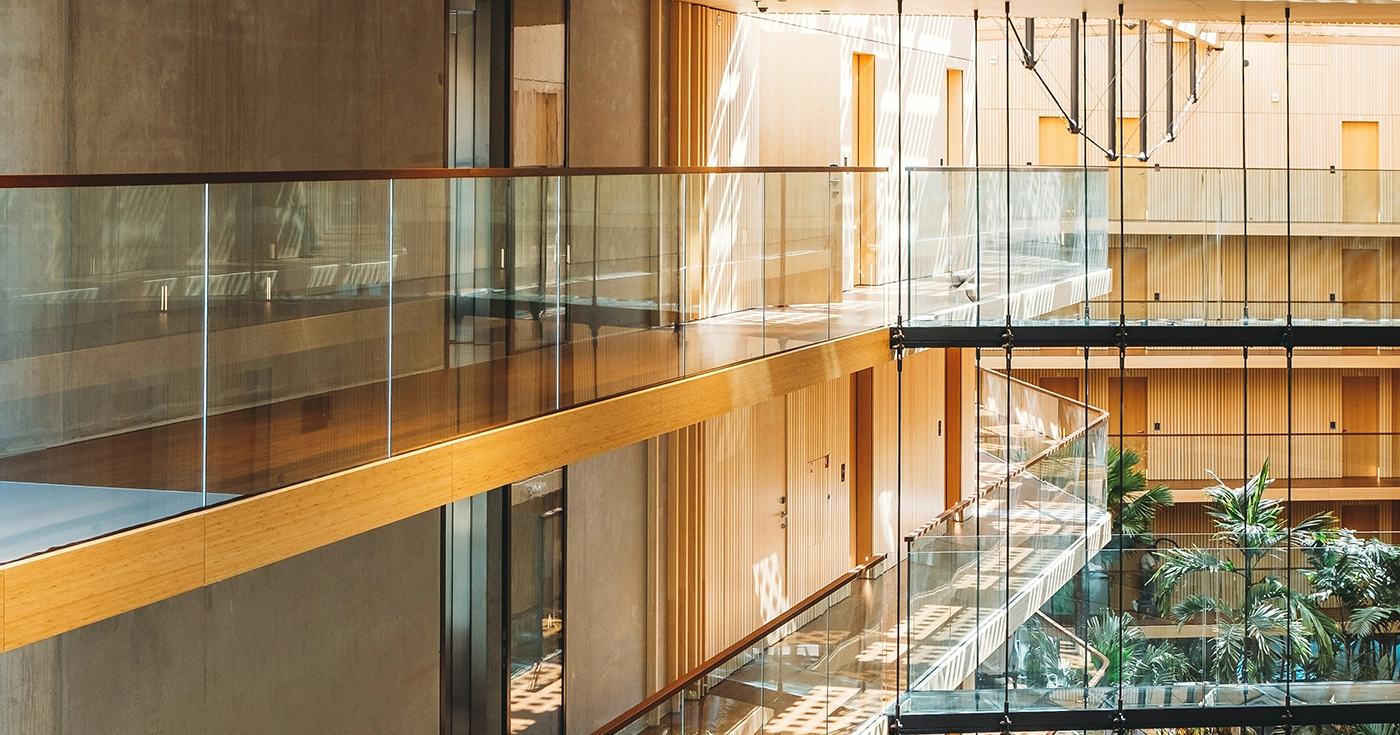
Branded residences, the new luxury asset in real estate
Last Updated on 27 August 2025 by Equipo Urbanitae
Branded residences are consolidating as one of the strongest trends in the global real estate market as a new luxury asset. These are residential or tourist-use real estate units formally associated with a recognized brand, usually in the hospitality or luxury sector, through a brand license agreement. They incorporate defined standards of quality, design, management, and services, which set them apart from conventional residential products.
In Spain, the first precedents of this concept date back to the 1960s and 70s, with formulas such as timesharing and condo-hotels introduced in tourist destinations like the Costa del Sol or the Canary Islands. Over time, these models have evolved into more sophisticated proposals.
A global phenomenon: the rise of branded residences in Europe
Living in a residence with luxury hotel standards is no longer exclusive to exotic destinations. The branded residences model is gaining ground in Europe, and increasingly, in markets like Spain. Europe is positioned as the third-largest region in the world by asset volume (behind only North America and Asia-Pacific), with 140 projects completed in 2024, representing 18% of the global total, according to the Branded Residences Europe Report 2025 by Savills.
Within this context, Spain ranks third in the number of active or developing projects, with a total of 20. Ahead are Turkey, leading the ranking with around 40 completed and ongoing projects, and the United Kingdom, with about 30. Behind Spain are Portugal and Greece, with figures close to ten projects, positioning Southern Europe as the new epicenter of this hybrid formula between housing and hospitality.
Trends and outlook for premium residential investment
This expansion not only shows the maturity of the product on the continent but also the growing interest of international developers and investors in incorporating brand value into residential projects. In fact, the real estate consultancy Colliers highlights in its Luxury Homes Madrid Market Research 2025 that 70% of buyers of these types of properties are international: 50% Mexican, 5% European, 10% American, and 5% from various Latin American countries.
In this regard, branded projects tend to appreciate more than unbranded developments, due to the scarcity of such products, constant demand, and the credibility offered by the brand, making them attractive options for both buyers and investors. Savills, for its part, states that branded residences in Europe sell at an average premium of 29% compared to similarly high-quality residential properties not associated with a brand. This figure is slightly below the global average of 33%, confirming that the brand component continues to be a key factor of added value in these assets.
In Spain, this trend is also materializing in specific developments that are setting the pace in the segment. Projects such as the Four Seasons Private Residences Canalejas, located in the heart of Madrid, with 22 private residences at an average price of €15,500 per square meter; or the Design Hills Marbella by Dolce & Gabbana, featuring 92 properties—more than forty of which have already been sold—reaching sales exceeding €300 million.
Drivers behind this phenomenon
This boom is not coincidental. As highlighted by the Colliers Hotel Investment Report H1 2025, the Spanish hotel market closed the first half of 2025 with a record investment of €1.766 billion, 74% of which was allocated to 4- and 5-star establishments, in a context of virtually stagnant hotel supply, with an average annual growth of just 0.9% since 2015, compared to expanding demand. Additionally, the luxury real estate sector is experiencing an unprecedented boom cycle. This environment, Colliers explains, is favorable to new formulas of luxury and differentiation, where, from the developer’s perspective, association with a brand provides access to a more loyal clientele with greater purchasing power and lower price sensitivity.
These types of properties, by being associated with prestigious brands, offer not only high-quality finishes but also a distinctive lifestyle, with services such as 24-hour security, spas, and concierge.
The premium residential market is evolving toward models that combine design, personalized services, and professional management—a trend that finds its ultimate expression in branded residences. In fact, in Europe, 84% of these branded residences are co-located, meaning they share services and infrastructure with a hotel, according to Savills’ regional report.
The future of luxury is here
Both real estate companies agree that, based on sales pace and achieved prices, branded residences have marked a turning point in Madrid’s luxury real estate market.
A phenomenon that will not be limited to the local sphere: the forecasts are clear. Savills also notes that the number of branded residences in Europe will grow by 180% by 2031, a clear sign that the model has matured and is consolidating.
However, its development in Spain still requires regulatory adjustments to provide greater legal clarity. In this regard, industry professionals stress the urgency of updating the legal framework to recognize branded residences as a residential model with services. Only then can a sustainable and competitive model be consolidated within Spain’s urban and legislative ecosystem.

